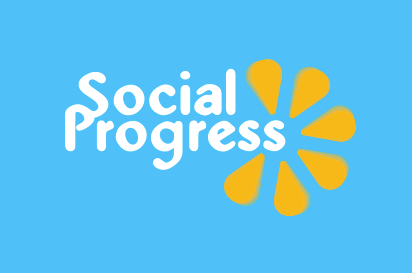
The pressure to document financial progress on social media is undeniable. This desire to share successes and inspire others is a powerful force, but navigating the complexities surrounding it requires a strategic approach. Sharing financial progress on social media can amplify both your wins and vulnerabilities, leaving you susceptible to pressure and potentially damaging your personal values. This article delves into the complexities of sharing your financial journey online and explores practical strategies for successfully navigating the social media landscape, prioritizing authenticity and privacy. We’ll explore the potential pitfalls, discuss effective strategies, and give you the tools to share your story transparently and respectfully. This article will be broken down into sections covering privacy concerns, responsible financial self-promotion, and the long-term effects of this growing trend.
Unveiling the Pressure Cooker: Why Share Financial Progress?
Understanding the Urge to Share:
The human desire to connect and inspire is a powerful force. Social media provides a platform to do just that, sharing achievements, insights, and experiences. For many, financial success represents a significant milestone, fostering a natural inclination to share progress with others. However, the pressure to constantly document these achievements can lead to anxiety, a perceived need to constantly demonstrate financial progress and a heightened sensitivity to perceived criticism or judgment.
The Double-Edged Sword of Online Visibility:
Sharing financial achievements can be a powerful tool, inspiring others and potentially fostering a sense of community. Many feel a natural inclination to share their progress, particularly when this progress contributes to their personal development or well-being. However, the platform’s public nature can introduce vulnerabilities and pressures to maintain a specific image. This can easily lead to unrealistic expectations and a perceived obligation to share every detail of your financial journey, leading to stress and anxiety if not managed effectively.
Unveiling the Potential Pitfalls:
Often, this pressure to document financial progress stems from a desire to showcase achievements and inspire others. But, the public nature of social media can be a double-edged sword, with potential drawbacks. Concerns about privacy, authenticity, and the impact on mental well-being are paramount considerations.
Crafting a Strategic Approach: Navigating the Social Media Landscape
Setting Realistic Expectations:
Defining clear boundaries around the types of financial information you choose to share is crucial. Avoid oversharing personal details, focusing instead on general achievements and lessons learned. Highlighting milestones without revealing specific amounts or strategies can often feel less vulnerable.
Curating Content Carefully:
Consider the tone and message you are conveying. Maintain a positive and inspirational approach, while remaining mindful of potential vulnerabilities. By focusing on the process and lessons learned, the focus shifts from the final destination and away from potentially sensitive or personal details. Avoid comparisons, keep your content balanced, and be mindful of your audience.
Privacy First: Protecting Your Financial Wellbeing
Choosing the Right Platforms:
Different platforms have different levels of privacy controls. Choose platforms that align with your values and security preferences, prioritizing platforms that allow you to tailor privacy settings for your individual needs. A personal finance blog, for example, is different from sharing details on a public platform like Instagram.
Transparency with Boundaries:
While the pressure to showcase financial achievements is real, there’s no need to reveal sensitive financial information. Focus on the process, lessons learned, and the overall journey rather than specifics.
Building a Sustainable Strategy: Beyond the Initial Hype
Long-Term Impacts:
Consider the long-term impact of constant financial updates. How might social media feedback impact your financial planning and emotional well-being? By considering both the potential highs and lows of this social media approach, you can craft a sustainable strategy.
Balancing Visibility and Privacy:
Social media can be a powerful tool, but it’s crucial to find a balance between highlighting achievements and maintaining privacy. By setting clear boundaries and prioritizing your well-being, you can make social media a source of positive inspiration without compromising your privacy. Remember to take breaks from social media and to focus on real-life interactions.
Case Studies and Examples: Learning from Others’ Experiences
Case Study 1: Successful Financial Entrepreneurship
Individuals frequently highlight their personal financial achievements, focusing on lessons learned and growth. This type of sharing can inspire others and fosters a sense of community. The focus is on the journey rather than specific financial details.
Case Study 2: Financial Transparency with Discretion
Some individuals share financial goals and strategies without revealing precise figures. They communicate their journey with an emphasis on process and lessons learned. This approach strikes a balance between transparency and discretion, respecting privacy while engaging their community in a helpful way.
In conclusion, the pressure to document financial progress on social media comes with both advantages and drawbacks. While showcasing accomplishments and inspiring others is attractive, careful consideration of potential pitfalls is essential. Remember to prioritize genuine self-expression, authenticity, and privacy when sharing financial updates online. Choose platforms wisely, maintain discretion, and focus on transparent communication that aligns with your personal values. By balancing visibility and protection, you can leverage social media for financial progress without compromising your well-being. Consider consulting a financial advisor to develop a strategy that aligns with your personal goals and risk tolerance.